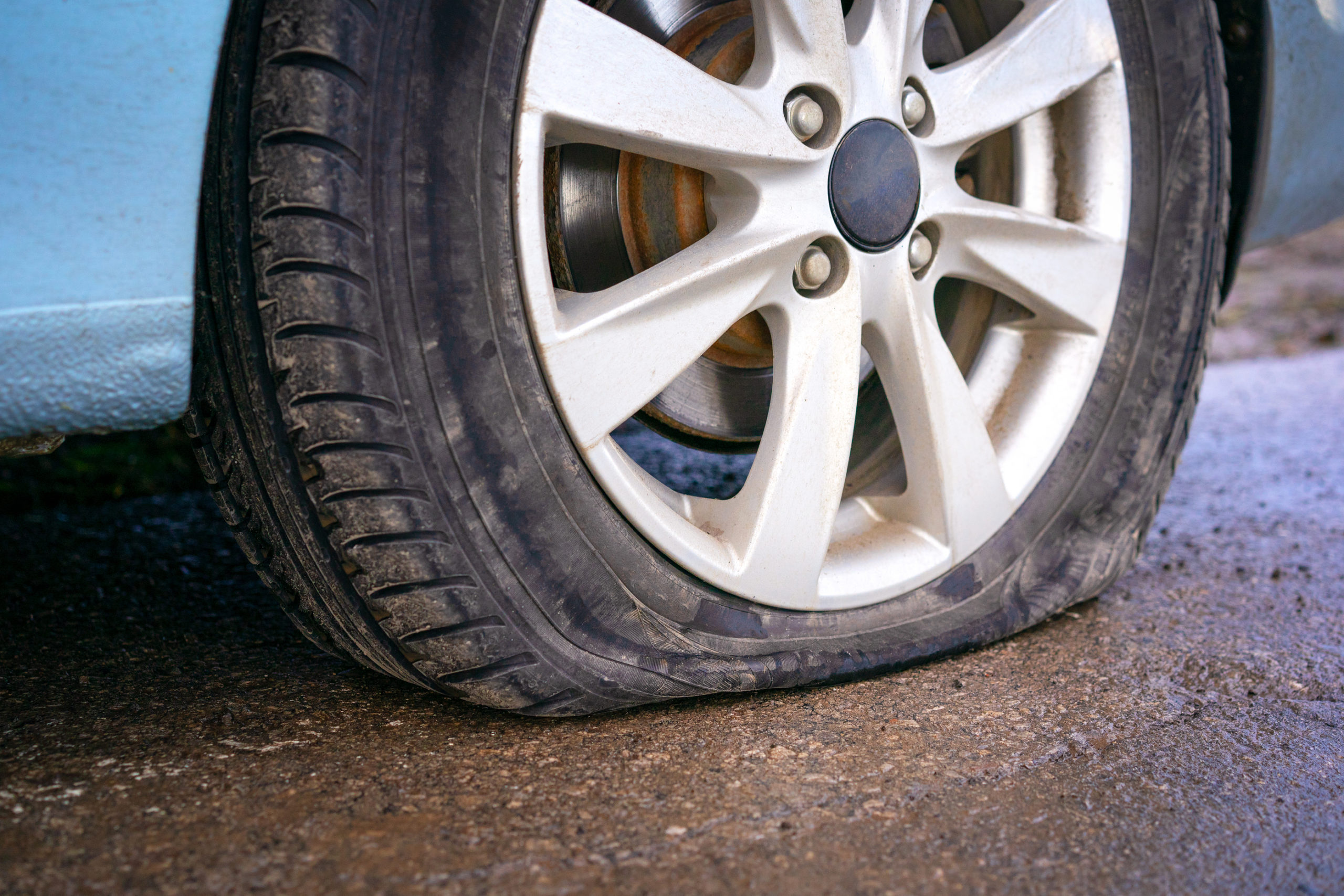Minnesota Car Accident Claims and Tire Blowouts
Tires cause accidents in a variety of ways. Sometimes, tires come loose and crash into other vehicles or even pedestrians. Sometimes, tires shred when there is a blowout. The National Highway Transportation and Safety Administration (NHTSA) studied this problem before it published “Tire-Related Factors in the Pre-Crash Phase.” Although this report focuses blowouts on light vehicles, they are a serious concern on large commercial vehicles as well.
Flying Fragments and Road Debris
When a blowout occurs, parts of a tire may fly up and strike the windshield of the following vehicle. This is particularly dangerous when large truck tires disintegrate. However, tire fragments pose a danger even when they do not directly strike another vehicle. Tire debris in the road often requires evasive action on the part of multiple drivers. Sometimes, sudden swerving leads to a catastrophic single vehicle or multi-vehicle crashes.
Why Tire Blowouts Happen
Blowouts occur for a variety of reasons, many of which point to negligent conduct by the vehicle’s owner, maintenance provider, parts supplier or OEM manufacturer. Here are some common reasons for blowouts:
Improper inflation – Under-inflated tires tend to run hot. Older, worn tires running hot are often prone to catastrophic failure. Over-inflation stresses tire components, sometimes to the point of failure.
Treadwear – Excessive tread wear may lead to a blowout, particularly if the remaining amount of tread falls below legal limits. With more rubber in contact with the road, added friction may lead to overheating. Sometimes, irregular tread wear is sometimes the culprit. For example, chronic under or over-inflation may cause the inner or outer part of the tread to wear away prematurely. Once again, overheating may lead to a blowout.
Tread separation – Internal failures involving the steel belts and/or rubber tire components may cause tread separation. When this happens, the tire breaks apart, often scattering debris in its wake.
Spare tires – Sometimes, trucks or passenger vehicles are fitted with a spare tire when the primary tire requires repair or replacement. Too often, rubber in older spares has rotted or otherwise deteriorated to a point that a catastrophic failure happens when the spare is suddenly pressed into service.
Improper loading – Commercial vehicles that are carrying more than they should sometimes stress tires to the point of failure. Improper loading may also cause blowouts. For example, a load that suddenly shifts on a highway curve may strain a tire to the point of failure.
Faulty retreads – Since large commercial tires are such an investment, many fleets and owner/operators use capped or retreaded tires to save money. A retread may cost only one-third as much as a new tire. Technicians grind the old tire down to the casing before they secure a new tread to it. Although most of these tires are safe, some faulty retreads come apart on the highway.
How Tire Blowouts Cause Car Accidents
When a person suffers a tire blowout, they can very easily lose control of their vehicle and end up colliding with another car. Tire blowouts happen all the time and they are not a sure way to cause an accident but there is potential for them to increase the risk of a car accident occurring. In the initial moment that a car’s tire is blown, the weight of the vehicle will lurch in the direction of the blown tire since the tire’s support of the car’s weight is reduced instantly. This lurch can be controlled by an attentive driver but in many situations, it can catch someone by surprise in the worst way. Poor reactions to blowouts like jerking the steering wheel or hard braking can lead to a collision with another motor vehicle. You can cause a rear-end collision if you slam your brakes or you can veer into another lane and crash into another vehicle that way.
What to do When Your Tire Blows Out
The most important thing to do when experiencing a blowout is not panic and make a maneuver that can endanger your vehicle and other drivers. The sound of a tire blowout is fairly obvious consisting of a loud bang and the flap of the deflated tire rolling as your car lists in a certain direction. When you experience a flat you can follow these steps to safely maneuver your car.
- Maintain a firm grip on the steering wheel but do not jerk it it in reaction to the flat
- Don’t slam on the brakes
- Gradually slow your car down rather than trying to immediately stop
- Take your time to safely pull over to the side of the road
- Reach a complete stop and engage your emergency lights
Determining Who Is Responsible
When injuries result from tire debris on the highway, it is necessary for a seasoned investigator to link the tire tread to a specific truck. Then, it is often possible to file suit against the trucking company that owns or leases it. Improper tire maintenance, faulty tires, and overloading are all potentially negligent acts.
Because truck tire blowouts and other failures happen for different reasons, there are a variety of parties that may incur liability when a tire blows out and/or shreds. Liability may extend to the party who:
- Owns or leases the truck and/or trailer
- Maintains the vehicle
- Loaded the truck
- Manufactured the tire
- Capped the tire
In certain cases, The Minnesota Department of Transportation (MnDOT) may be held liable for tire debris on a Minnesota state highway (including interstates and trunk highways). MnDOT is negligent only if the state agency did not attend to the problem in a timely manner. Such a claim must be filed within 180 days of the accident.
If you or a family member suffers an injury in a traffic accident, it is possible to review the details with a personal injury lawyer focused on relevant areas of the law. We provide this consultation at no cost to you. Our firm serves all of Minnesota. You can contact us online or a 651-291-7263.


